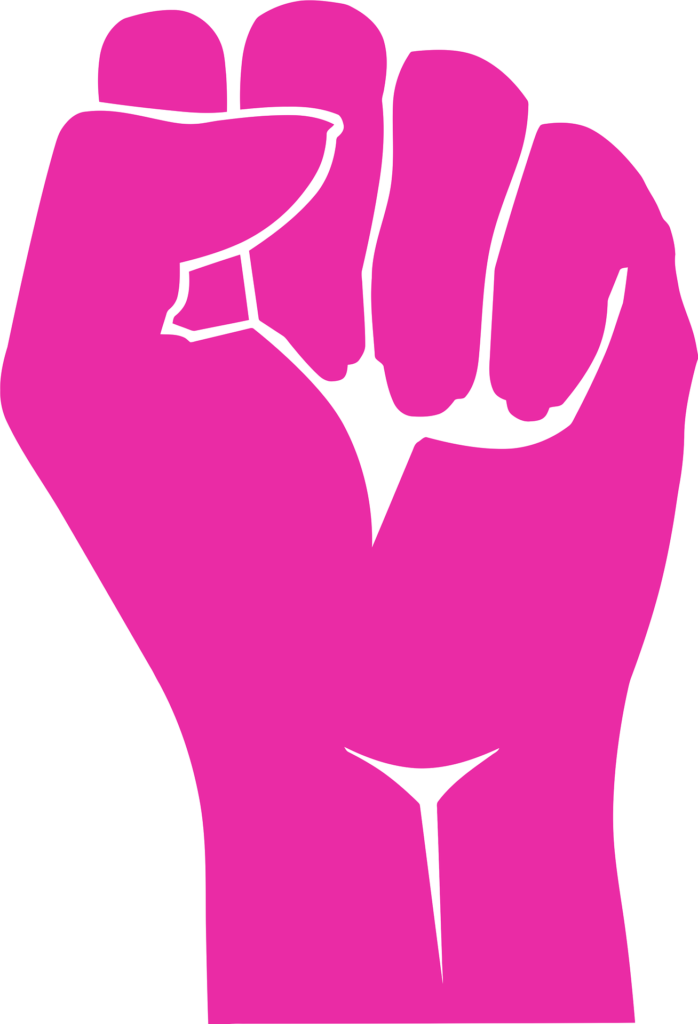To prepare for this article, I read a book entitled, Women, Politics, And American Society. The book is the third edition and a collaborative effort written by four female authors, Nancy E. McGlen, Karen O’Conner, Laura van Assendelft and Wendy Gunther-Canada. This edition helps readers fully understand women’s struggles by tracing the efforts, achievements, and setback in the movement toward equality.
The authors shared that many people are not aware of the battles that many heroic women and women’s organizations have fought since the 1800s to obtain basic, fundamental rights. Their goal was to address women and politics in American society by combining historical and topical approaches with a focus on political rights, employment, education and reproductive rights.
It is their opinion that the readers will have a more comprehensive understanding of where women stand today in America, the battles they fought, and provides strategies for change that must be made before full equality can be reached.
It was interesting for me to read women’s efforts to gain political, social, and economic equality are as old as the United States. It started with a letter Abigail Adams wrote to her husband, John, in 1776. At the time, he was serving in the First Continental Congress. She reminded him to “remember the ladies” in any new laws he may create. She hoped he would not put unlimited power in the hands of the husbands. She knew men would be tyrants if they could and she went on to caution that if care and attention is not paid to the ladies, they may rebel, and not hold themselves bound by any laws in which they had no voice or representation. John Adams called her “saucy” and dismissed her request. He said, “We know better than to repeal our Masculine systems.” He believed women were too dependent on their husbands to make decisions as an individual.
Abigail Adams predicted a rebellion but it didn’t happen until 1848. A women’s rights convention was held in Seneca Falls, New York. Many women who would become leaders of the first woman’s movement were present. A Declaration of Sentiments, modeled after The Declaration of Independence was drawn up. A series of resolutions calling for the abolition of legal, social, and economic discrimination against women was passed. Twelve days later, a larger meeting was held in Rochester, New York. A more revolutionary set of resolutions was drafted. The documents reflected women’s dissatisfaction with contemporary moral codes, criminal laws, divorce, and limited opportunities for women to participate in the church, obtain and education, and enter professional careers such as law, politics, and medicine.
Approximately sixty-eight women and thirty-two men, including Frederick Douglass, signed the Declaration of Sentiments. This sparked decades of activism and led to the passage of the 19th Amendment, granting women the right to vote. The early woman’s movement was from 1848-1875.
During this period, a prime topic of discussion was women’s proper role in society. As an outgrowth of religious revivalism, both men and women were encouraged to work for those less fortunate. These abolitionist movements attracted a large number of followers. Women took an active and vocal role in the more liberal branch of the antislavery movement headed by William Lloyd Garrison. He was the editor of a leading abolitionist newspaper called The Liberator. He knew that black people and women were created equal and should vote and participate in government activities.
This view led to the formation of numerous local and national female antislavery societies in the mid -1800s. These organizations brought women together for the first time and gave them the opportunity to develop political and leadership skills. Participation in the antislavery movement helped women to realize, they as a class, was subjected to discrimination.
On May 29, 1851, formerly enslaved turned abolitionist and women’s rights activist, Sojourner Truth, gave her famous “ Aint I a Woman?” speech at the Women’s Rights Convention in Akron, Ohio.
Women active in the abolitionist movement developed friendships with other women through abolitionist newspapers and annual conventions. It was not until the late 1860s that the first independent national woman’s rights organizations were formed.
Francie Mae. March 11, 2023.
References
Gunther-Canada, Wendy, McGlen, Nancy E., O’Connor, Karen, van Assendelft, Laura. 2002. Women, Politics, And American Society. Third Edition. New York. Longman.
